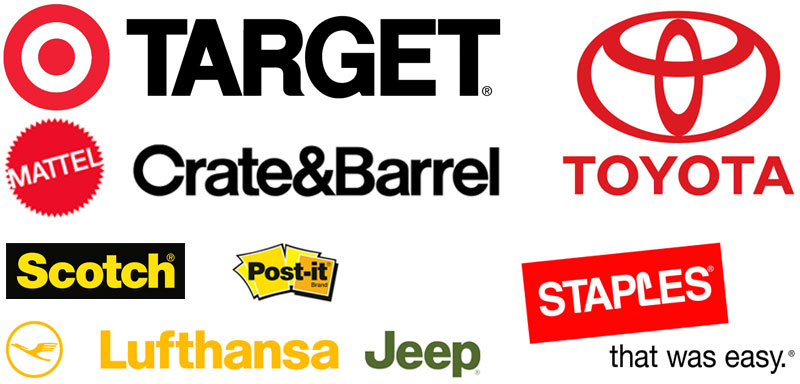
Origins of Helvetica
As you may know, Helvetica is a well-known, universal typeface that has been around since the 1950’s. Whether we notice it or not, it is everywhere we look—on billboards, subway signage, storefronts, menus, magazines—you name it.
Countless amounts of large companies use this font in their logos, such as Jeep, Target, Staples, Ebay, Burger King and Crate&Barrel. Logos such as NASA, American Airlines, and New York subway stop marks use this font specifically due to its ability to be legible in motion.
Something interesting about Helvetica is that people either love it or hate it. On one hand, it is neutral, simple and beautifully designed. It is thought of as the start of advertising. It’s slick, modern style never dies out and always catches our eye.
There are also those who believe that it is heavily overused, boring, and lacks character. Some say it is a rip-off of Akzidens-Grotesk, which is a font from 1896.
Either way, the question remains: What would we do without Helvetica? To this day, it is very important, and marks a turning point in font and advertising.
Although there are two opposite sides of the discussion, Helvetica sure isn’t going to disappear, and will continue to grow with its power of design.

